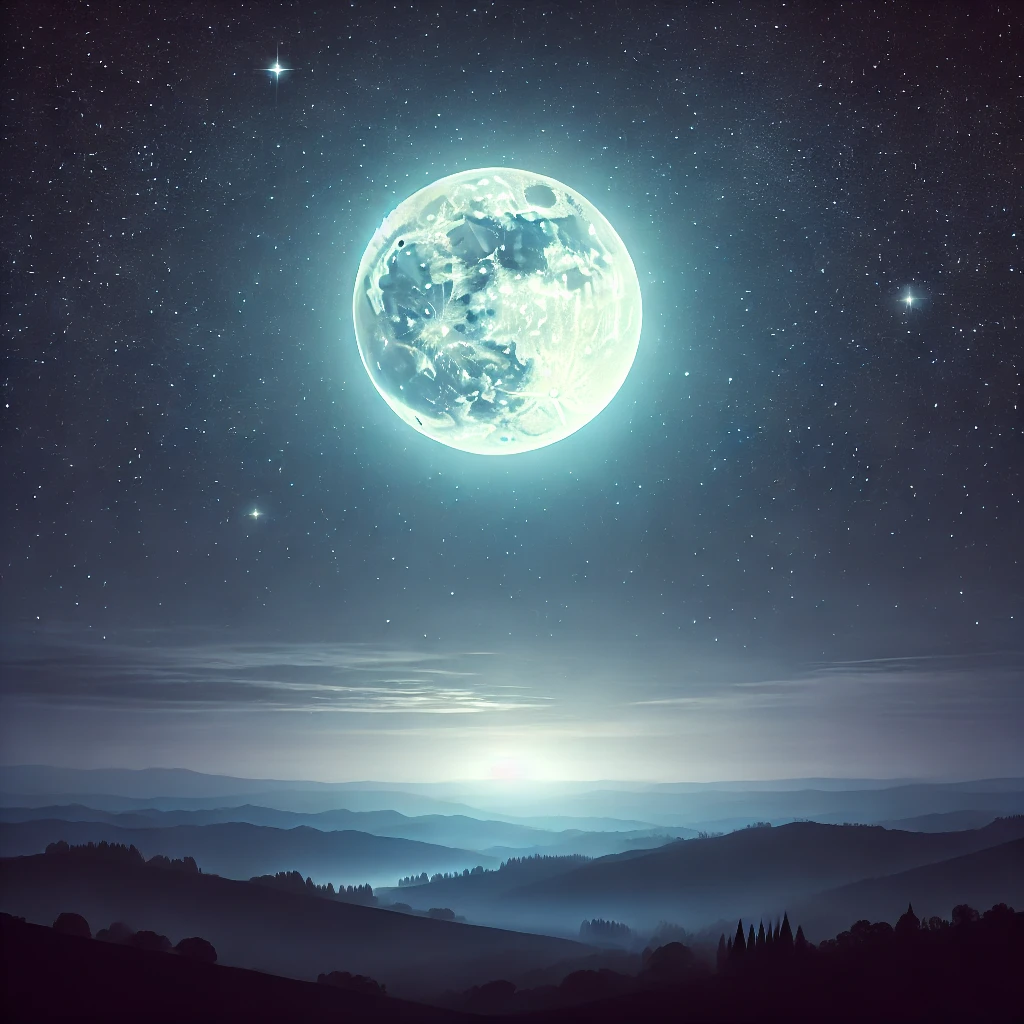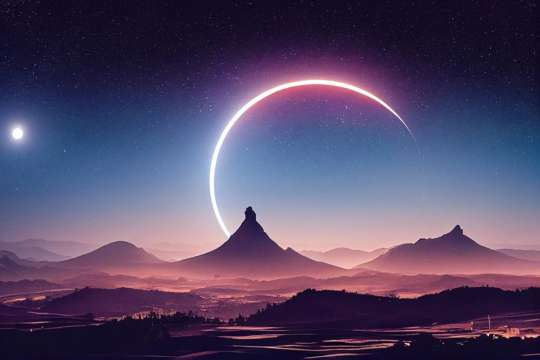Have you ever looked up into the night sky and pondered, “Why is the moon so low tonight?” While it may appear uncommon, various natural processes can cause the moon to appear lower in the sky on specific evenings. In this blog post, we’ll look at the reasons behind the moon’s fluctuating position, including its orbit around Earth and the atmospheric conditions that influence its appearance.
1. Understanding the Moon’s Orbit
To understand Why is the moon so low tonight in the sky on certain nights, we must first understand how it orbits the Earth. The moon travels in an elliptical orbit, doing one full orbit every 27.3 days. However, the moon’s position relative to Earth is continually changing, and it travels on a slightly slanted course, which influences how it appears to us from the surface.
The moon’s orbit is inclined at around 5 degrees to Earth’s orbit around the sun; thus, it does not always travel the same path across the sky every night. The moon rises and sets at various positions along the horizon every day; therefore, its position in the sky changes over time.
2. Factors Influencing the Moon’s Apparent Height
The Moon’s Orbital Path
Over the course of a month, the moon rises at different times and appears to wander across different sections of the sky. Because the moon orbits Earth in a slightly inclined route, its position varies from night to night. As the moon gets closer to the horizon, it looks lower in the sky.
The Earth’s Tilt
The Earth’s axial tilt influences how we observe the moon. Our globe is tilted at around 23.5 degrees, causing the positions of celestial bodies, including the moon, to fluctuate throughout the year. In the winter months, the moon’s path tends to be lower in the sky, while in the summer, it rises higher. This seasonal change contributes to the moon’s apparent height.
The Seasons and the Moon
Seasons influence both the sun’s and moon’s apparent positions in the sky. The moon appears lower in the sky during the winter months because of the angle at which sunlight strikes Earth. In contrast, during the summer, the moon rises higher due to the Earth’s axial tilt.
3. Why the Moon Appears Low at Certain Times
Several variables combine to make the moon appear lower on some nights. Let’s go deeper into the reasons for this phenomenon.
The Moon’s Declination
Declination is a celestial body’s angular distance north or south of the celestial equator. The moon’s declination changes as it moves along its orbit. The moon’s location in the sky relative to the horizon is determined by its declination. When the moon’s declination is negative (south of the equator), it looks lower in the sky, particularly in the Northern Hemisphere.
Moonrise and Moonset
The timing of moonrise and moonset also influences the moon’s height in the sky. When the moon rises or sets near the horizon, it seems much lower than when it is higher in the sky throughout the night. The time of year and the observer’s geographical location can influence how low the moon looks at moonrise or moonset.
4. The Effect of Atmospheric Conditions
The Moon Near the Horizon
When the moon approaches the horizon, it must pass through a denser layer of the Earth’s atmosphere. This scatters the light from the moon, making it appear larger and deformed. This effect, known as the “moon illusion,” can make the moon appear lower than it actually is. The angle at which the moon’s light reaches us causes it to appear more “flattened” toward the horizon.
Atmospheric Distortion
Atmospheric distortion happens when the moon is seen through a considerable amount of the Earth’s atmosphere, especially near the horizon. This can make the moon appear reddish or yellowish, giving the sense that it is lower than it actually is.
The makeup of the atmosphere, including the presence of dust or pollution, can influence how low the moon seems, particularly when it rises or sets.
5. Other Celestial Phenomena Affecting the Moon’s Appearance
Other celestial phenomena may lead the moon to appear exceptionally low or near the horizon.
Supermoons

A supermoon occurs when the moon comes closest to Earth in its orbit, also known as perigee. During a supermoon, the moon seems larger and brighter than usual, but it may also appear lower in the sky, depending on its position relative to the viewer. Supermoons are more visible as they rise or set near the horizon.
Lunar Eclipses
Lunar eclipses occur when the Earth passes directly between the moon and the sun, casting its shadow on the moon. During a lunar eclipse, the moon may appear lower in the sky, particularly if it is near the horizon. Lunar eclipses can produce an odd optical appearance, with the moon seeming lower and sometimes reddish in hue.
Conclusion
If you’ve ever wondered why is the moon so low tonight?, there are a few things to consider. The moon’s location in the sky is influenced by its elliptical orbit, the tilt of the Earth, and seasonal fluctuations. The moon’s apparent height is also influenced by its declination and the atmospheric conditions, which can distort its image. Whether it’s the moon’s normal journey, the time of moonrise or moonset, or a celestial event like a supermoon, all of these factors work together to provide us with a stunning, ever-changing view of the moon.
The next time you look up at the sky and see the moon is low, know that this is all part of the moon’s normal journey through space. The moon will always amaze us with its beauty and mystery, whether it is a common or rare occurrence. For more inspiration, explore our Good Night Quotes and Moon Quotes.



